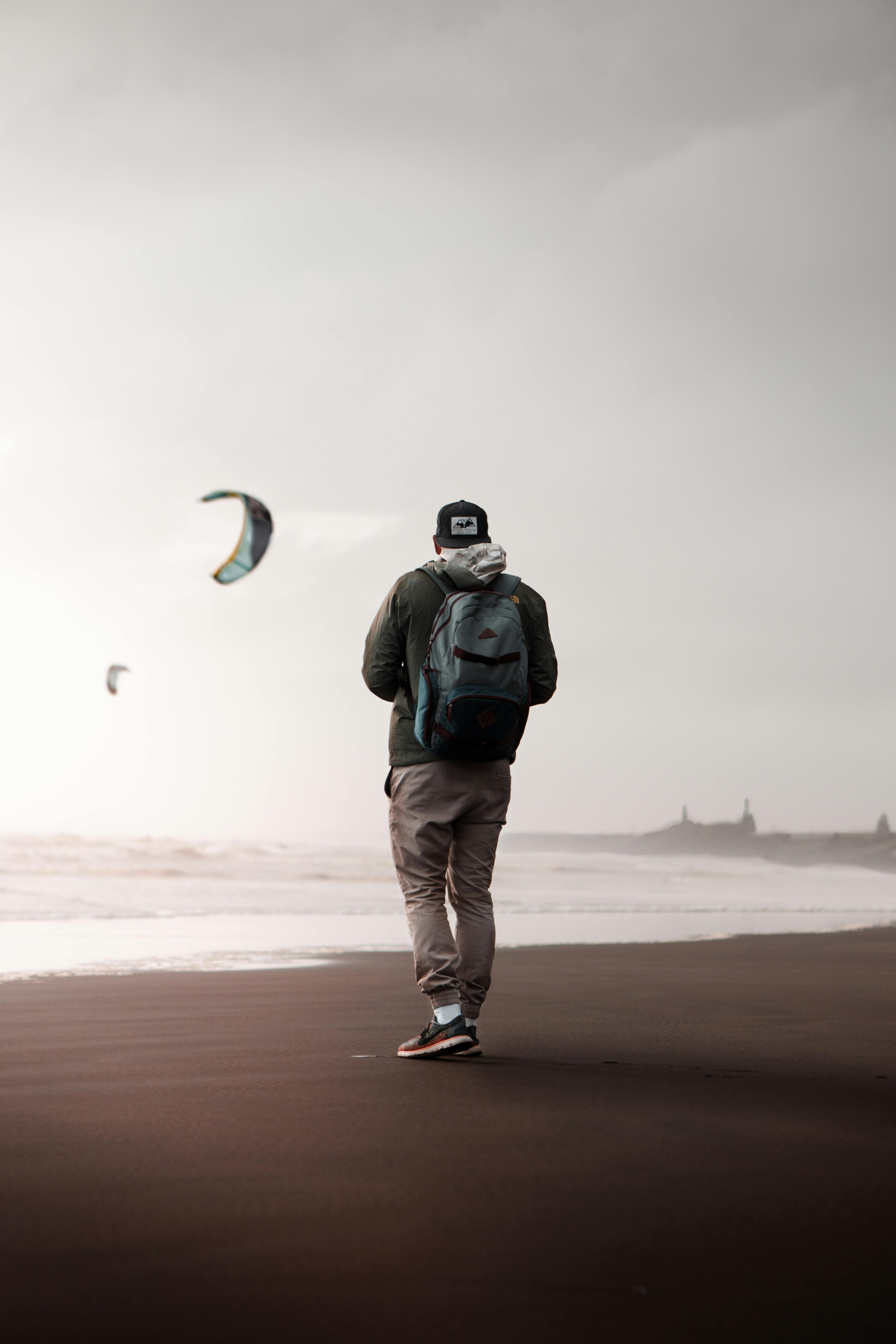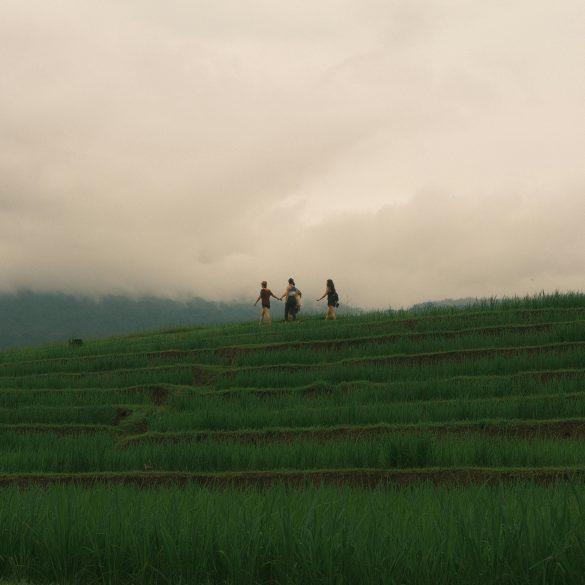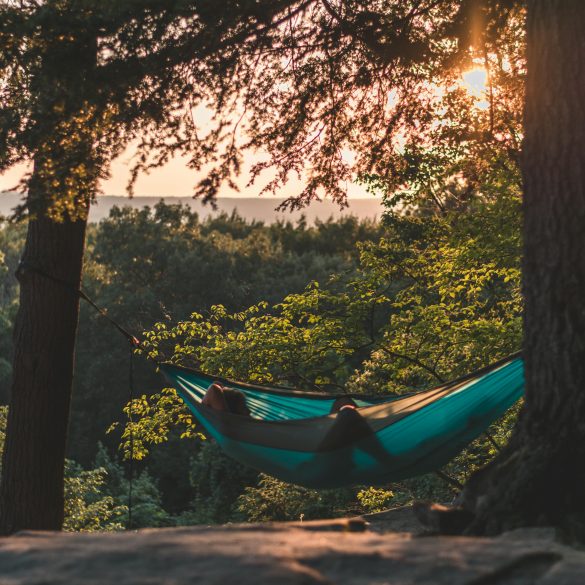Solo Travel Safety Tips: 12 Key Must-Knows for Safer Adventures
Let’s be completely honest—solo travel is equal parts exhilarating and nerve-wracking. I still remember my first solo flight to Istanbul; the airport security checks, the buzzing streets, the 3 a.m. taxi ride—each moment left me toggling between awe and “What on earth am I doing?” Funny thing is, that’s pretty normal for most solo adventurers. The thrill comes laced with questions and—more often than we’d like to admit—gut-tightening uncertainty.
While many travel blogs spout generic safety lists, my experience (and the experiences of over a dozen travel veterans I’ve consulted) suggest that authentic advice comes from those gritty, unscripted moments—where you nearly miss a train, need help from a stranger, or realize you left your hotel info on the nightstand. So, this guide isn’t just a recycled Wikipedia entry, but a living, breathing resource built on real lessons, tangled nerves, and authentic success stories. My goal: to give you the exact safety strategies, mindset shifts, and regionally tuned wisdom that you need for your next journey, whether it’s a winter escape to Iceland or backpacking through Bali.
Why Solo Travel Safety Differs (and Matters)
Ever notice how the vibe shifts the second you realize you’re the only one unpacking your suitcase on arrival? Traveling solo is fundamentally different—and not just in terms of logistics. The safety concerns are layered, deeply personal, and sometimes culturally nuanced. You’re carrying the responsibility for planning, navigation, and emergency response on your own back. There’s no partner to double-check your decisions, no friend to watch your bag while you run to the restroom. This means prepping for solo travel safety isn’t just prudent—it’s the foundation for a successful journey1.
Key Insight:
Solo travel safety is about proactive decision-making, situational intelligence, and strategic vulnerability—knowing when to be open, when to be guarded, and how to make your journey both secure and genuinely enriching.
Preparation: Safety Starts Before Departure
Now, here’s what gets me: Most travelers only think about safety after they land. Actually, your best moves start weeks before you even board the flight. Personally, I’ve learned (through painful trial and error) that thorough preparation is as important as travel insurance, maybe more so. So—where do you begin?
- Research Your Destination: Not just the “top 10 things to do” list, but crime rates, common scams, local police contact info, and hospital proximity—a critical step that most folks skip2.
- Pre-Book Your First Night: Trust me—nighttime in a new city without a clear plan is a rookie mistake I’ve made more than once.
- Backup Copies: Passport, visa, itinerary, and emergency contacts stored digitally and in print. It’s boring but life-saving.
I used to think it was overkill. But last year, when my phone died in Budapest and my hotel booking vanished, those printed backup details became my lifeline. Actually, let me clarify: Not only print, but upload to secure cloud storage for remote access—a step I nearly forgot until a mentor reminded me.
Personal Checklist:
- Share your itinerary (plus flight/train number) with a trusted contact.
- Pack an extra phone charger and international power adapter.
- Review medical needs—prescriptions, allergies, insurance cards.
I’m partial to using Google Maps offline—a tip from an industry peer—and always double-check border regulations that change seasonally3.
On-the-Ground: Staying Alert, Not Paranoid
Here’s the thing: It’s a fine line between caution and experiencing the moment. I remember almost missing a sunrise in Kyoto because I was so focused on “not looking lost.” In my experience, smart solo travel safety means you’re alert but not anxious. What really strikes me is how body language affects vulnerability—a confident stride can deter most petty thieves (I learned this from a former police consultant at a travel seminar).
- Avoid distractions: Phones, headphones, or maps in busy crowds signal “easy target.”4
- Blend in: Local attire, minimal jewelry, polite but brief interactions with strangers.
- Strategic seating: On buses, trains, and restaurants, always face exits and keep your bag close.
Did You Know? Japan consistently ranks as the safest country for solo travelers, especially women, due to strict law enforcement and widespread public courtesy. However, even there, pickpocketing in tourist districts spikes during peak seasons5.
Cultural Intelligence: Blending in and Staying Smart
I’ll be completely honest—cultural savvy can make or break your safety abroad. And no, it’s not just about learning the local language (though that’s brilliant if you can). It’s about reading subtle social cues. In my experience, sometimes it’s the smallest things—handshakes, dress codes, or timing— that send a signal you belong, rather than look like lost bait.
- Observe First, Act Second: Take a few minutes to watch how locals interact. I used to rush in, only to realize later that greeting etiquette in France versus Brazil is totally different.
- Religious Sites Etiquette: Shoulders covered, shoes off, respectful silence—it’s more than respect, it’s safety. Offending local customs won’t just get you side-eye but can attract unwanted attention6.
- Gender Dynamics: In some countries, solo travel as a woman means stricter boundaries (for instance, Saudi Arabia requires female-specific transit arrangements)—a lesson a friend learned the hard way.
Culture Smart Tip:
Never underestimate local superstitions or taboos. In Thailand, touching someone’s head is deeply offensive; in the UK, cutting in a queue can escalate surprisingly quickly. One misstep can change your risk profile in a heartbeat.
Crisis-Proofing: Handling Emergencies Alone
Honestly, I reckon solo travel teaches crisis management better than most MBA programs. Once, stuck in a storm in Naples, I had to find shelter, call my insurer (in terrible Italian), and reroute to a safe zone—all within an hour. What really stuck with me was this: Without backup, your resilience and fast decision-making become lifelines.
- Know Local “911” Numbers: Every country’s emergency contact varies —and it’s not always easy to Google in the moment7.
- Embassy Locator: Always note the nearest embassy or consulate, especially in politically unstable regions.
- Medical Facilities: Prioritize travel insurance with 24/7 hotlines. You never plan to end up in a clinic—but you need to know where and how fast you can get there.
| Country | Emergency Number | Police/Medical Accessibility | Embassy/Consulate Network |
|---|---|---|---|
| UK | 999 / 112 | Extensive | High |
| Japan | 110 (Police), 119 (Fire/Medical) | Exceptional | Moderate |
| Australia | 000 | High | Comprehensive |
| India | 112 | Variable | Selective |
Women Solo Travel: Unique Concerns and Solutions
The jury’s still out for me on whether solo travel as a woman is universally riskier—but statistically, challenges differ. Based on my years in the field (and from recent data8), women face more harassment and scrutiny in certain cultures. Here’s my honest take: It’s not about fear—it’s about savvy.
- Safe Accommodation: Hostels with female-only dorms, hotel floors with enhanced security, and vetted Airbnbs with peer reviews.
- Body Language: Project confidence. I’ve observed (and tested) that assertive posture deters unwanted advances.
- “Buddy Apps”: Use geo-location features or safety-community apps to let people track your location in real time—a tip I got from a female solo traveler in Argentina.
Let me step back for a moment—sometimes the smartest move is to trust your instinct. I vividly recall, even when logic said “It’s fine,” my gut said, “get out.” Don’t ignore it.
Tech Tools: Digital Safety on the Road
Speaking of tech, this is where things get fascinating—and sometimes a bit bonkers. Five years ago, my biggest safety tool was a photocopied itinerary. Now, it’s encrypted messaging apps and real-time GPS. I need to revise my earlier point: Tech can save your trip but exposes new risks. I learned the hard way when a public Wi-Fi hack nearly wiped my bank account.
- VPNs: Use virtual private networks for confidential browsing, especially in countries with strict web censorship9.
- Emergency Apps: “Smart Traveler,” “Sitata,” and “Red Cross First Aid” are non-negotiable for me.
- Offline Maps: Download local maps before arrival—data outages are more common than you’d ever expect.
Pro Tip:
Password-protect everything, use two-factor authentication, and avoid sharing location on public social media until you’ve left that destination. I used to ignore this—until a travel influencer shared how she was stalked in real time via Instagram.

Seasonal & Regional Concerns
Let me think about this: Seasonal changes can massively affect your travel risk profile. Winter in Scandinavia brings icy sidewalks and rapid darkness, while monsoon season in India transforms the streets into unpredictable rivers. Take a second to consider how your timing influences your safety routine.
- Weather Prep: Always check regional weather advisories before packing; travel insurance with weather delay coverage is a hidden gem.
- Crowd Dynamics: Festivals may draw crowds, boosting theft risk. Pickpocketing spikes during Paris Fashion Week and Rio Carnival10.
- Transportation Patterns: Seasonal schedules change; always verify the last train or bus timing—learned that the hard way in Prague after midnight.
Did you know? Sweden’s “Allemansrätt” or “right to roam” allows anyone to camp freely—great for solo wilderness travel, but you need to prepare for bear safety and rapid seasonal weather changes11.
Case Studies: Safe Solo Successes (and Close Calls)
Three years ago, before remote work was mainstream, I met Alex, a digital nomad in Chiang Mai. She slept in hostels, moved every five days, and somehow never lost a single possession—even when power failed and streets flooded mid-monsoon. Her strategy? Build local connections fast, use buddy systems, and always, always have her essentials zipped in a crossbody bag.
At the same time, I’ve seen solo travelers learning tough lessons (including myself). Back in 2019, in Morocco, the train system went down for 24 hours. A group of us pooled resources, double-checked emergency cash, and kept photocopies of passports handy. What really helped was solidarity—sometimes, forming mini-travel communities on the fly is your safety net.
Case Study Takeaway:
Safety isn’t isolation—sometimes connecting, even briefly, with fellow travelers or locals provides both insight and protection. I’m still learning where to draw the line (especially when cultural and language barriers play into real risk assessment).
Top 10 Solo Travel Safety Moves (From Real Travelers)
- Book accommodations with verified reviews.
- Keep separate stashes of cash/credit cards.
- Check-in regularly with home contacts.
- Trust instincts—act before logic catches up.
- Research local scams and recent crime patterns.
- Avoid posting real-time location on social media.
- Bring two phone chargers and extra batteries.
- Create emergency contact cards in local language.
- Stay hydrated—and avoid excessive alcohol when alone.
- Never ignore “something feels off.”
Current Trends & New Research in Solo Travel Safety
According to recent research published in 202312, solo travel among millennials and Gen Z soared post-pandemic, with digital safety (not physical risk) now ranked as the number one concern. Experts from the International Travel Safety Association note that SMS frauds and location-based phishing are up 11% since last year. Which reminds me: safety is a moving target, and what worked in 2016 may be woefully outdated now.
| Trend | Risk Level | Recommended Action |
|---|---|---|
| Increased digital theft | High | Use VPNs & 2FA on all devices |
| Solo women travel | Moderate | Buddy apps, trusted hostels |
| Seasonal natural disasters | Variable | Monitor weather, emergency kits |
| Social media exposure | Elevated | Delay posting, privacy settings |
Featured Snippet: What Are the Most Important Solo Travel Safety Tips?
- Research destinations thoroughly (crime, emergency contacts, cultural norms).
- Prepare digital and physical backups for important documents.
- Trust instincts—leave situations at first sign of discomfort.
- Minimize sharing live location online.
- Review and follow region-specific travel advisories.
Actionable Key Takeaways & Next Steps
Having worked in both travel planning and real-time crisis consulting, I can say every solo journey is unique. The truth? What works in one destination—or season—might not fit the next. The best solo travel safety plan is iterative: review, refine, and adapt on the go. Here’s what I’d suggest based on all the above:
Your Safety Action Plan:
- Double-check emergency numbers and embassy locations before departure.
- Pack a visible phone charger and power adapter in your main bag (not just the suitcase).
- Review weather forecasts and travel advisories two days before you fly—timing matters.
- Synchronize contact updates with a trusted confidante—especially when solo in new time zones.
- Prepare a simple, local-language emergency phrase card. It makes a massive difference.
- Delay sharing social posts until you’ve left a location. Simple precaution, powerful result.
Every solo adventure shapes your risk profile. Savor the freedom, stay curious, but protect that curiosity with smart preparation.
I go back and forth on how much to plan and how much to wing it, depending on the country and season. But I always check for the latest travel advisories before booking my ticket—a tip that saved me during sudden border closures in Southeast Asia.
Thought-Provoking Questions for the Community
- What’s your biggest solo travel safety “aha” moment, and how did it change your approach?
- Which destination posed the most unexpected safety challenges for you?
- How do you balance instinct with practical research?
- Would you trust a stranger for help—or always rely on official channels?
Sound familiar? I’ve asked myself (and fellow travelers) these exact questions countless times. The more I talk to others, the more my strategies shift and evolve. Which brings up another point—community matters. Share, learn, and adapt as a collective.
Did you know? Singapore maintains some of the lowest solo crime rates mainly because of advanced surveillance, high police visibility, and a culture of mutual respect. Yet, petty scams do occur, especially in tourist hotspots13.
References
Credible Sources & Further Reading



